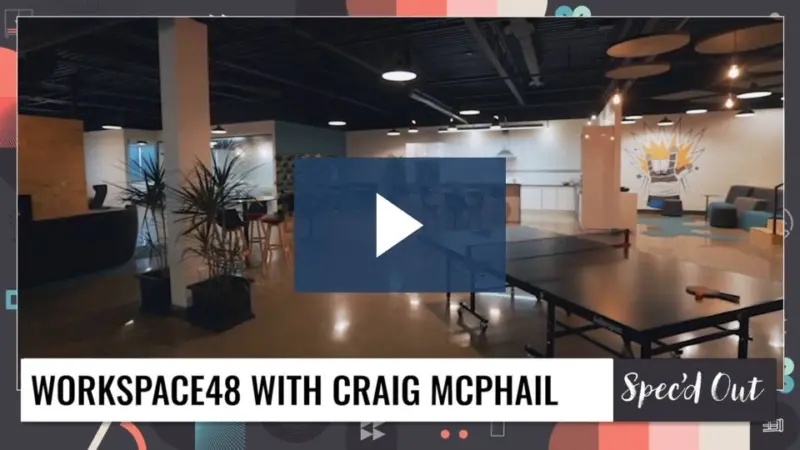The Benefits of Motorized and Automated Roller Shades
The benefits of roller shades are clear – they make a space’s occupants more comfortable by controlling lighting levels, ensuring thermal comfort and minimizing glare.
However, even more benefits can be had when those roller shades are motorized, automated or both.
Draper Architectural Market Specialist Jessi Wright and Director of Business Development for Automation and Motorization Tyson McDonald joined host Tyler Kern on this episode of Engineering Value to outline how those benefits can be put into place in any given environment.
“The roller shade aspect of it is really to try to make a work environment as comfortable as possible,” McDonald said. “The ideal situation is that you don’t even really notice the roller shades are there. They just do their job and make it more comfortable. … That’s what our goal and aim is with the automated roller shades.”
Automating shades also has benefits in building design, Wright said. It removes the human element, which can make finalizing a design that works both functionally and aesthetically difficult.
“A lot of times, if you’re viewing the building from the street side, you can see manual shades that have been half-raised at different levels,” she said. “It really messes with those clean lines that you’ve designed into your building. [Automation] makes sure that your design intent is achieved without putting that burden on occupants.”
Automation and motorization of shades also helps ensure that they’re synergized with existing systems and building management solutions and technologies, like lighting systems.
For the latest news, videos, and podcasts in the Building Management industry, be sure to subscribe to our industry publication.
Follow us on social media for the latest updates in B2B!
Twitter – @MarketScale
Facebook – facebook.com/marketscale
LinkedIn – linkedin.com/company/marketscale




